After Iquitos, Trujillo would be our last stop of our Peru trip before Lima. I had been looking forward to this town on the north coast of Peru forever: Warm weather (not so humid, as in the Amazon), beautiful beaches, always sunny, charming colonial buildings, and ancient ruins all in the surrounding area.
Author Archive > Lena
Rio Ucayali
Since Iquiotos is the largest city in the world, which is not connected by any road, anyone, who wants to travel from Pucallpa to Iquitos, has two ways: you can either fly or take the boat. We opted for the four-day cruise. This, one imagines will be quite an adventure, and yes, even a little romantic... at least before. One has in mind a boat, like the idyllic steam ships from the 19. Century, traveling up and down the Mississippi River. One imagines hammocks hung lazily on deck, swinging back and forth in the breeze, while he gazes on the wild forest to the left and right gliding along the river. Unfortunately, the reality is quite different, and looking back actually leaves a shudder for a moment.
Arequipa
Von dem idyllischen See Titikaka kommend, waren wir auf Arequipa als Perus zweitgrößte Stadt nicht vorbereitet und die Stadt traf und wie ein Schlag ins Gesicht. Die grauen Smog Wolken, die tagsüber so dicht sind, dass man es schwer hat die Umrisse des nahe gelegenen Vulkans El Misti zu erkennen, kündigten sich schon von weiten an: Aus den Bergen mit dem Bus kommend wehte durch die geöffneten Fenster Abgase herein, die einen die Luft nahm und stark an Lima erinnern ließ. Als wir dann am Abend etwas zu essen suchten, wurden wir von der Masse der Menschen überrollt. Wir sollten feststellen, dass man erst einmal wieder lernen muss, wie man sich auf vollen Straßenzügen bewegen muss, um nicht jede paar Sekunden mit einem Passanten zusammenzustoßen.
Isla del Sol
Lake Titicaca is like the sea and its islands are strongly reminiscent of Mediterranean landscapes. The lake seems to be endless and to extend further and further into the distance like the sea. Its water is deep blue on sunny days and sometimes even on its beaches clear turquoise. The fact that we decided to stay in this atmospheric and stunningly beautiful landscape on the islands of Lake Titicaca was of course inevitable!
Sacred Valley
The area east of Cusco is called the Sacred Valley, because there are many ancient Inca ruins. We had just come back from Aguas Calientes and Machu Picchu, on our way back to Cusco, and we almost passed the Sacred Valley but it seemed it would have been stupid, not to look. Although I was a bit tired of all the Inca ruins, which we had already visited, including Machu Picchu, which is of course difficult to beat, However, from the beginning of the travels I had wanted to see the Sacred Valley. So, we ignored our fatigue and the desire to recover at Casa de Mama a little longer and explored this famous area.
Pisac
After we were already two and a half weeks in Cusco and never had time on the weekends to get out of Cusco to see something of the surroundings, we finally made it last Sunday to Pisac. Pisac is located in the “Sacred Valley”, as the surrounding area is referred to around Cusco, because so many Inca ruins are found here. And on every Sunday there is the spectacle of a huge handicraft market in Pisac, attracting both tourists, and locals alike. One can really get lost in this market. The entire marketplace of Pisac and all the little streets around are studded with stalls, selling all imaginable kind of handicraft products of Peru: Scarves and sweaters made of alpaca wool, colorful caps and sleeves, Jewellery, ornate carved gourds, Ponchos, Masks and much more.
Aldea Yanapay
A Brief Introduction:
We have been working for Aldea Yanapay for two weeks now, and have wanted to post some photos from the school since we started… Aldea Yanapay is a social organization here in Cusco working with children from 4-13 year-olds in one of the poorer parts of Cusco. We work with the children about four hours a day, helping with their homework, playing games, teaching art classes, or introducing them to other cultural subjects like world-religion, environment, social issues, art, or theater (The themes of the last two weeks have been Recycling, and Inca Religion)
Casa de Mama
A small room in the sky. The entire upper half of the walls is a facade of windows. We are above the whole city and have breathtaking views over the old town. At night we can see from the bed the glittering city below. All the little houses and streets, winding up the dark mountains, lit up in orange light. And in the morning we wake early with the sun. It's always summer in our little room in the sky, because the whole day the sun shines in. It keeps the room warm, so with this stored heat of the day it is a bit easier, to get by on still very cold Andean nights. A ceiling made of bamboo and elaborate decorations from plants brighten up the little room.
Zephyrs Baseball
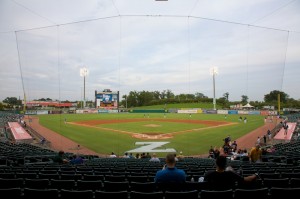 Baseball is one of the sports, that is typically American. (In addition to football, of course),. However, I always found football terribly stupid and dumb: A bunch of great guys, they clash against each other in their armor, making funny noises. Baseball, meanwhile, had at least raised the level of my fascination, the one sport in general that can be interesting. Sport was simply never my thing to begin with. But for some reason I always found far more aesthetic Baseball than Football. As matter of neccessity, I had to bring Jason as a true American on my true-America trip to a baseball game. The French were of course, totally exited to see it, however, every American, we told that we would finally see as Europeans our first baseball game, just shook thier head sympathetically. But this was probably because, that it is a game of the Zephyrs (Baseball team from New Orleans) ,, than it really was aimed against baseball in general.
Baseball is one of the sports, that is typically American. (In addition to football, of course),. However, I always found football terribly stupid and dumb: A bunch of great guys, they clash against each other in their armor, making funny noises. Baseball, meanwhile, had at least raised the level of my fascination, the one sport in general that can be interesting. Sport was simply never my thing to begin with. But for some reason I always found far more aesthetic Baseball than Football. As matter of neccessity, I had to bring Jason as a true American on my true-America trip to a baseball game. The French were of course, totally exited to see it, however, every American, we told that we would finally see as Europeans our first baseball game, just shook thier head sympathetically. But this was probably because, that it is a game of the Zephyrs (Baseball team from New Orleans) ,, than it really was aimed against baseball in general.
Invasion der Franzosen
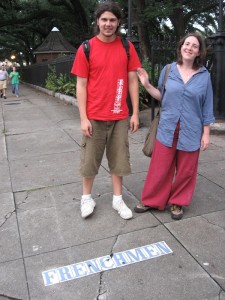 Von Valerian wusste ich schon aus Leipzig, dass er sich zeitgleich mit uns für eine Woche in New Orleans aufhalten würde. Seine Freundin hatte in Kanada ein Praktikum absolviert, welches nun beedent war, sodass die beiden einen kleinen Trip durch die Staaten unternahmen. Natürlich gehörte New Orleans für sie als Franzosen (wenn wir mal in Klichees sprechen wollen) ganz oben auf die Liste.
Von Valerian wusste ich schon aus Leipzig, dass er sich zeitgleich mit uns für eine Woche in New Orleans aufhalten würde. Seine Freundin hatte in Kanada ein Praktikum absolviert, welches nun beedent war, sodass die beiden einen kleinen Trip durch die Staaten unternahmen. Natürlich gehörte New Orleans für sie als Franzosen (wenn wir mal in Klichees sprechen wollen) ganz oben auf die Liste.
Da die beiden nur ein französisches Handy besaßen, ich mit meinem deutschen Handy dastand, dessen Guthabenbetrag sich langsam aber sicher dem Ende zuneigte und Jason natürlich überhaupt kein Mobiltelefon besitzt, stellte sich die Vereinbarung eines Tages, eines Treffpunktes und einer Uhrzeit als schwiriger heraus, als es eigentlich der Fall sein dürfte. Schlussendlich haben wir dann nach viel hin und her doch noch die Glanzleistung vollbracht die beiden in New Orleans zu treffen.
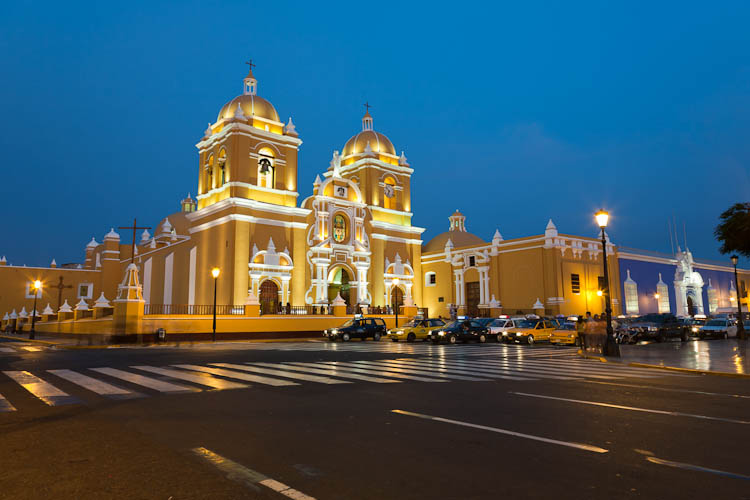
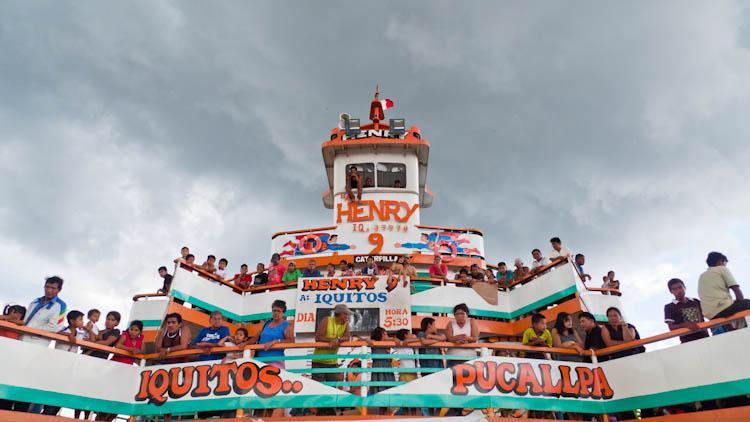
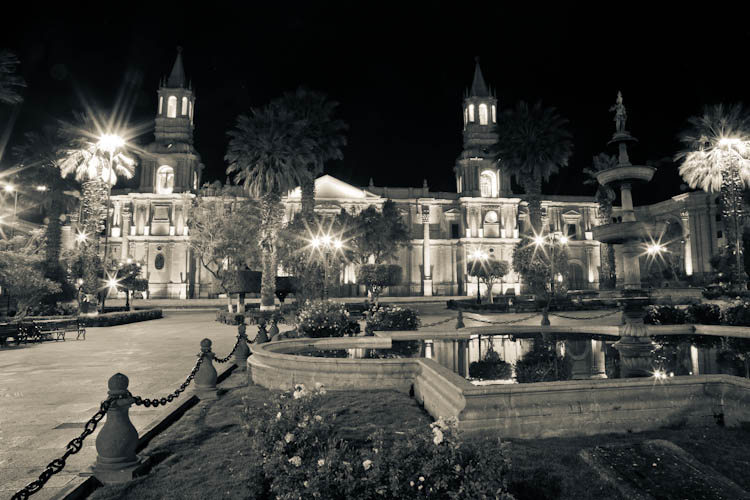
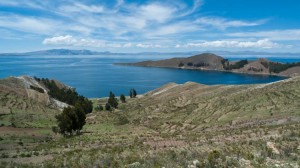
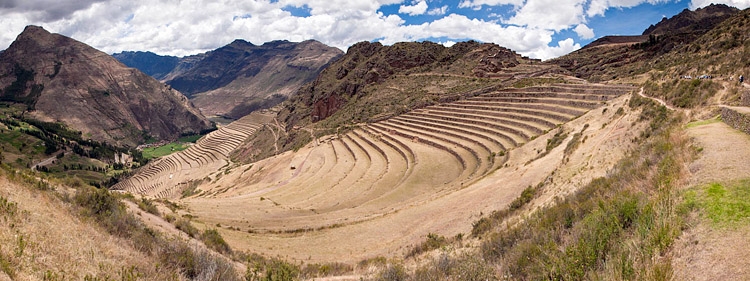
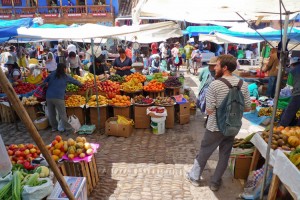

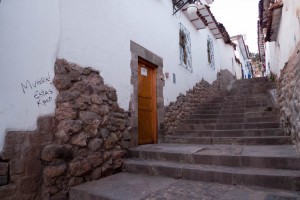

 | Powered by
| Powered by